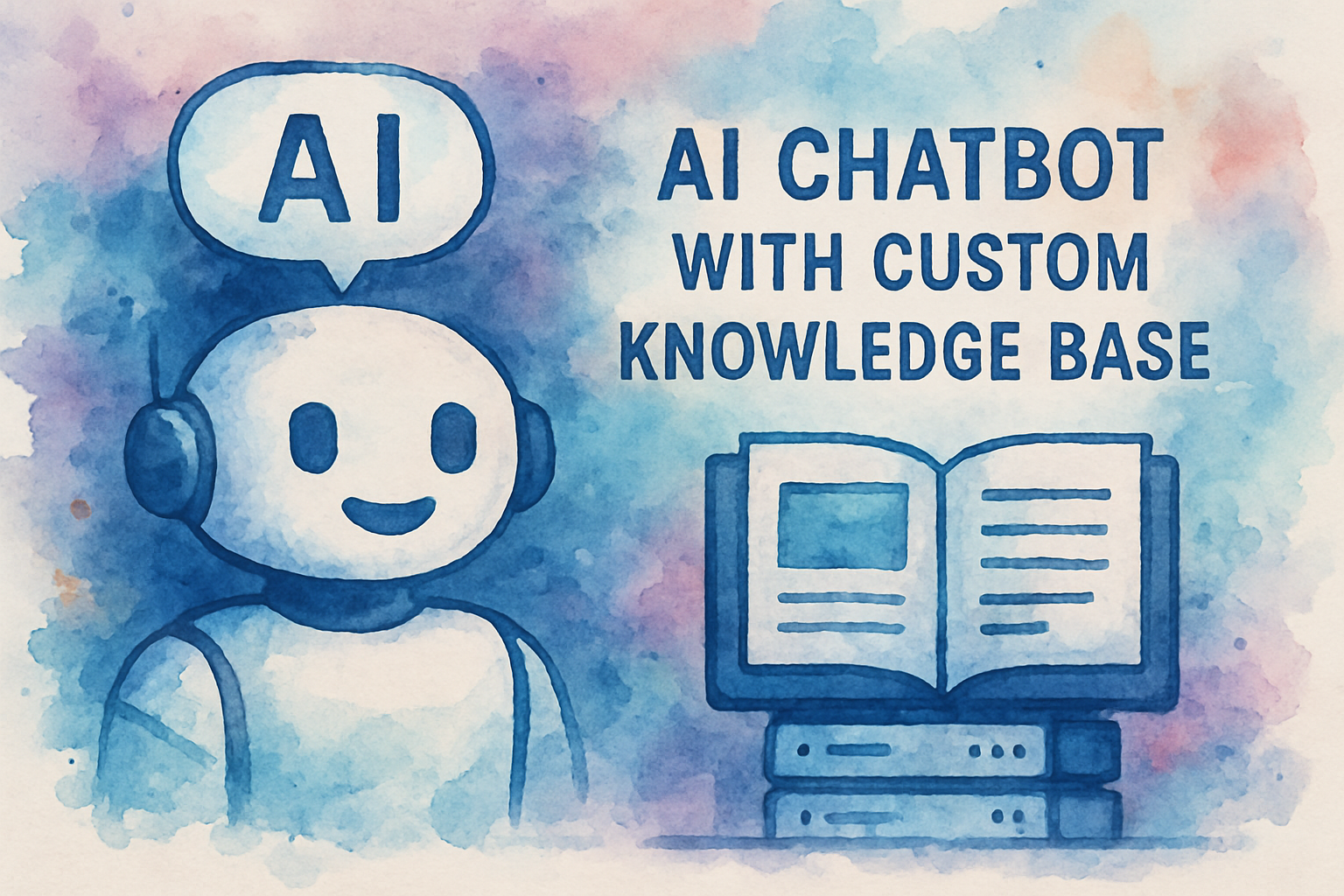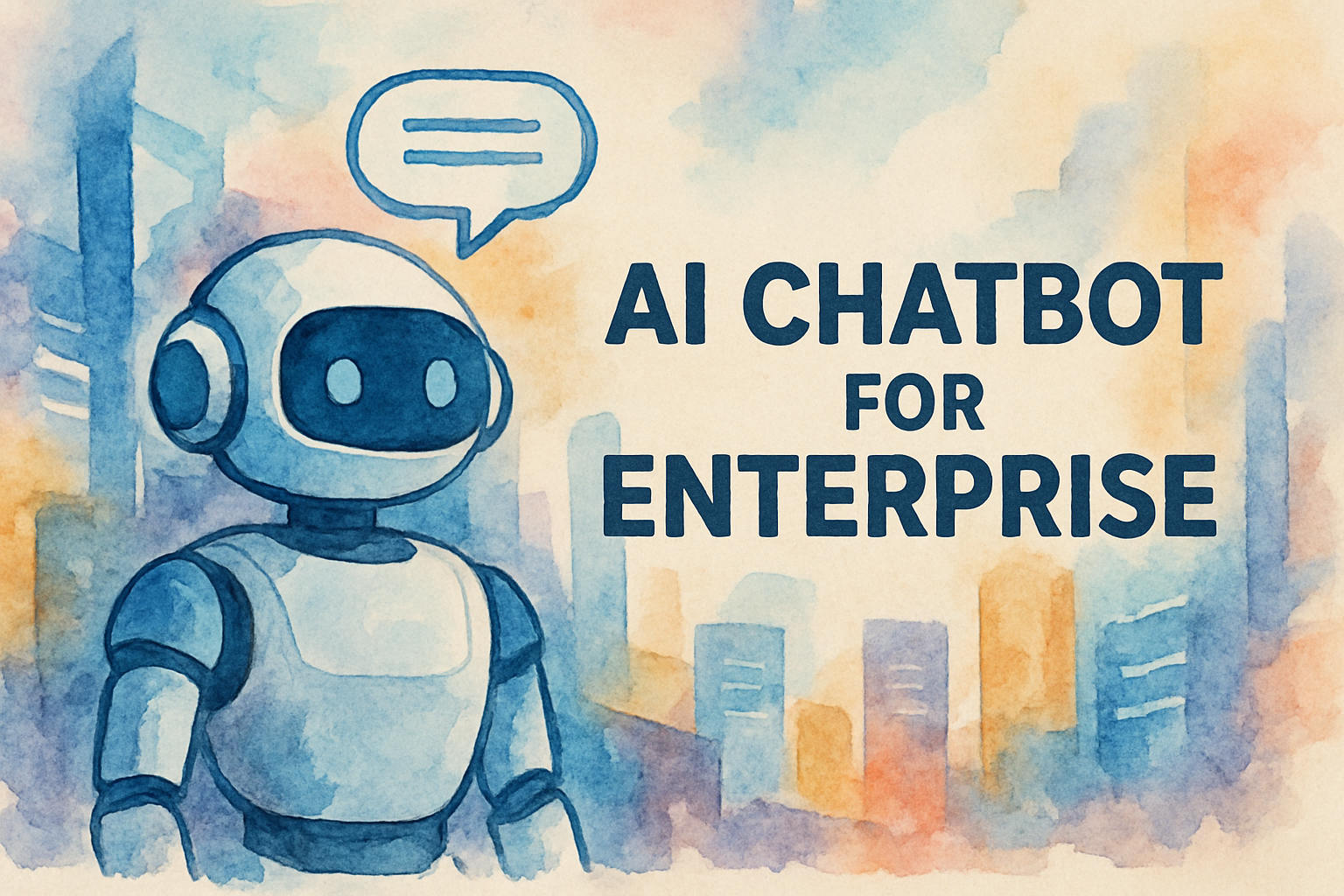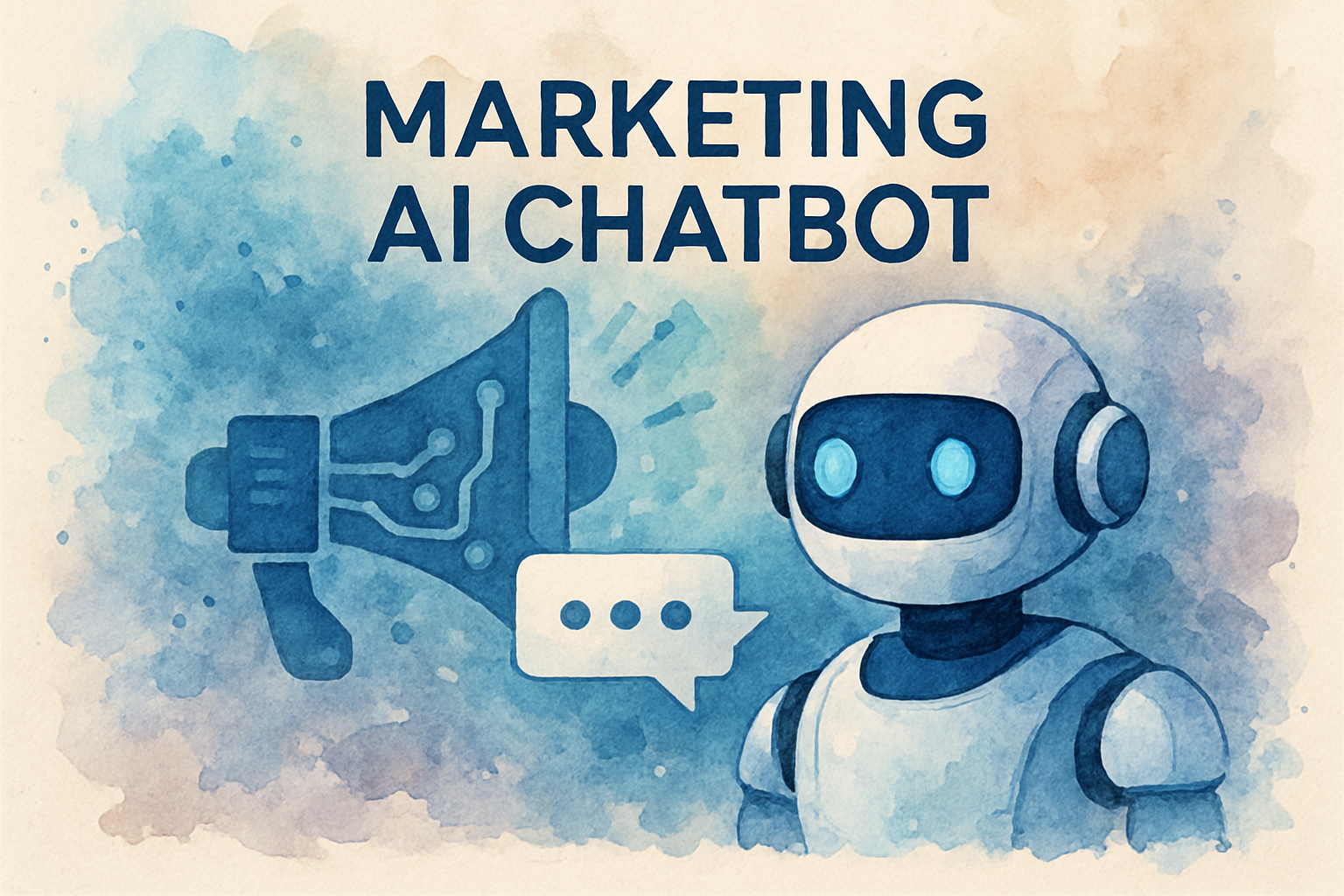4 Game-Changing Things You Must Know About AI Chatbot Services to Skyrocket Customer Experience and Sales
In today’s fast-paced digital landscape, businesses are constantly seeking innovative ways to enhance customer interactions and drive sales. Enter AI chatbot services – the game-changing technology that’s revolutionizing the way companies communicate with their audience. These intelligent virtual assistants are not just a trend; they’re rapidly becoming an essential tool for businesses of all sizes across various industries.
As customer expectations continue to evolve, the demand for instant, personalized, and round-the-clock support has never been higher. AI chatbot services offer a solution that meets these demands while simultaneously boosting efficiency and reducing costs. But how exactly can these digital helpers transform your business, and what challenges might you face along the way?
In this comprehensive guide, we’ll explore the world of AI chatbot services, their benefits, implementation strategies, and how to overcome common obstacles. By the end, you’ll have a clear understanding of how this technology can revolutionize your customer experience and drive your sales to new heights.
1. Understanding AI Chatbot Services: A Game-Changer for Customer Interaction
AI chatbot services represent a significant leap forward in customer service technology. These sophisticated software programs use artificial intelligence and natural language processing to engage in human-like conversations with users. Unlike their rule-based predecessors, modern AI chatbots can understand context, learn from interactions, and provide increasingly personalized responses over time.
The Rise of AI Chatbots in Business
The adoption of AI chatbot services has skyrocketed in recent years. According to a report by Grand View Research, the global chatbot market size is expected to reach $1.25 billion by 2025, growing at a CAGR of 24.3%. This rapid growth is driven by the numerous benefits chatbots offer, including:
- 24/7 availability
- Instant responses to customer queries
- Reduced operational costs
- Scalability to handle multiple conversations simultaneously
- Consistent brand voice across all interactions
Key Features of Modern AI Chatbot Services
Today’s AI chatbot services go far beyond simple question-and-answer functionality. Some of the key features include:
- Natural Language Understanding (NLU): The ability to interpret user intent and context
- Machine Learning: Continuous improvement based on past interactions
- Multi-channel support: Integration with various platforms like websites, messaging apps, and social media
- Analytics and reporting: Insights into customer behavior and chatbot performance
- Sentiment analysis: Understanding and responding to user emotions
2. The Benefits of Implementing AI Chatbot Services
Integrating AI chatbot services into your business strategy can yield significant benefits across various aspects of your operations. Let’s explore some of the key advantages:
Enhanced Customer Experience
AI chatbots provide instant, personalized responses to customer queries, significantly improving the overall customer experience. They can:
- Reduce wait times and eliminate the frustration of being on hold
- Offer 24/7 support, catering to customers across different time zones
- Provide consistent and accurate information across all interactions
- Escalate complex issues to human agents seamlessly when necessary
Increased Efficiency and Cost Savings
By automating routine inquiries and tasks, AI chatbot services can:
- Handle a high volume of conversations simultaneously, reducing the need for large customer service teams
- Lower operational costs by up to 30%, according to industry research
- Free up human agents to focus on more complex, high-value tasks
- Reduce training costs for customer service representatives
Boosted Sales and Conversion Rates
AI chatbots can significantly impact your bottom line by:
- Providing personalized product recommendations based on user preferences and behavior
- Guiding customers through the sales funnel with targeted information and prompts
- Offering instant support during the purchasing process, reducing cart abandonment rates
- Upselling and cross-selling relevant products or services
3. Implementing AI Chatbot Services: A Step-by-Step Guide
Successfully integrating AI chatbot services into your business requires careful planning and execution. Follow these steps to ensure a smooth implementation:
Step 1: Define Your Objectives and Use Cases
Before diving into implementation, clearly outline your goals for using AI chatbot services. Consider:
- Primary objectives (e.g., improving customer service, increasing sales, reducing costs)
- Specific use cases (e.g., handling FAQs, processing orders, providing product recommendations)
- Key performance indicators (KPIs) to measure success
Step 2: Choose the Right AI Chatbot Platform
Select a chatbot platform that aligns with your needs and technical capabilities. Factors to consider include:
- Natural language processing capabilities
- Integration options with your existing systems
- Customization and scalability features
- Analytics and reporting tools
- Pricing and support options
Step 3: Design Your Chatbot’s Personality and Conversation Flow
Create a chatbot persona that aligns with your brand voice and design conversation flows that address your defined use cases. Consider:
- Developing a unique personality and tone for your chatbot
- Mapping out potential user scenarios and appropriate responses
- Incorporating natural language and conversational elements
- Designing fallback options for when the chatbot can’t provide a suitable answer
Step 4: Train and Test Your AI Chatbot
Before launching, thoroughly train and test your chatbot to ensure optimal performance:
- Feed your chatbot with relevant data and information
- Conduct extensive testing with various user scenarios
- Refine responses and conversation flows based on test results
- Implement a feedback loop for continuous improvement
Step 5: Launch and Monitor Performance
Once your AI chatbot is ready, launch it across your chosen channels and closely monitor its performance:
- Gradually roll out the chatbot to different segments of your audience
- Collect and analyze user feedback
- Monitor KPIs and make data-driven improvements
- Regularly update and refine your chatbot’s knowledge base
4. Overcoming Challenges in AI Chatbot Implementation
While AI chatbot services offer numerous benefits, there are potential challenges to address during implementation:
Challenge 1: Limited Understanding of Complex Queries
Solution: Continuously train your chatbot with diverse data sets and implement a robust natural language understanding system. Establish clear escalation protocols for complex queries that require human intervention.
Challenge 2: Maintaining a Human Touch
Solution: Design your chatbot with a distinct personality that aligns with your brand. Incorporate empathy and emotional intelligence into responses, and use sentiment analysis to adjust the tone based on user emotions.
Challenge 3: Integration with Existing Systems
Solution: Choose an AI chatbot platform with robust API capabilities and work closely with your IT team to ensure seamless integration with your CRM, knowledge base, and other relevant systems.
Challenge 4: Privacy and Data Security Concerns
Solution: Implement strong data encryption and security measures. Be transparent about data collection and usage policies, and ensure compliance with relevant regulations like GDPR.
Conclusion: Embracing the Future of Customer Interaction
AI chatbot services represent a powerful tool for businesses looking to revolutionize their customer experience and boost sales. By providing instant, personalized support around the clock, these intelligent assistants can significantly enhance customer satisfaction while improving operational efficiency and driving conversions.
As you embark on your AI chatbot journey, remember that successful implementation requires careful planning, continuous refinement, and a commitment to maintaining a balance between automation and human touch. By addressing potential challenges head-on and leveraging the full potential of AI technology, you can create a chatbot experience that not only meets but exceeds customer expectations.
Are you ready to transform your customer interactions and take your business to the next level with AI chatbot services? Contact The Crunch today to schedule a free consultation and discover how we can help you implement a cutting-edge chatbot solution tailored to your unique business needs. Get started now and stay ahead of the competition in the ever-evolving digital landscape.
Frequently Asked Questions
Q1: What industries can benefit from AI chatbot services?
AI chatbot services can benefit a wide range of industries, including e-commerce, healthcare, finance, travel, and customer service-oriented businesses. Any industry that involves frequent customer interactions or requires 24/7 support can leverage chatbots to improve efficiency and customer satisfaction.
Q2: How long does it take to implement an AI chatbot?
The implementation time for an AI chatbot can vary depending on the complexity of your use cases and the chosen platform. A basic chatbot can be set up in a few weeks, while more sophisticated solutions may take several months to develop, train, and integrate fully.
Q3: Can AI chatbots replace human customer service representatives entirely?
While AI chatbots can handle a significant portion of customer inquiries, they are not designed to replace human representatives entirely. Instead, they complement human agents by handling routine tasks and allowing human staff to focus on more complex issues that require empathy and critical thinking.
Q4: How do I measure the ROI of implementing AI chatbot services?
To measure ROI, track metrics such as customer satisfaction scores, response times, resolution rates, cost per interaction, and conversion rates. Compare these metrics before and after chatbot implementation to quantify the impact on your business operations and bottom line.
Q5: What are some best practices for maintaining and improving an AI chatbot over time?
Best practices include regularly analyzing chatbot performance data, updating the knowledge base with new information, conducting A/B tests on conversation flows, soliciting user feedback, and staying informed about advancements in AI and natural language processing technologies to keep your chatbot up-to-date and effective.










